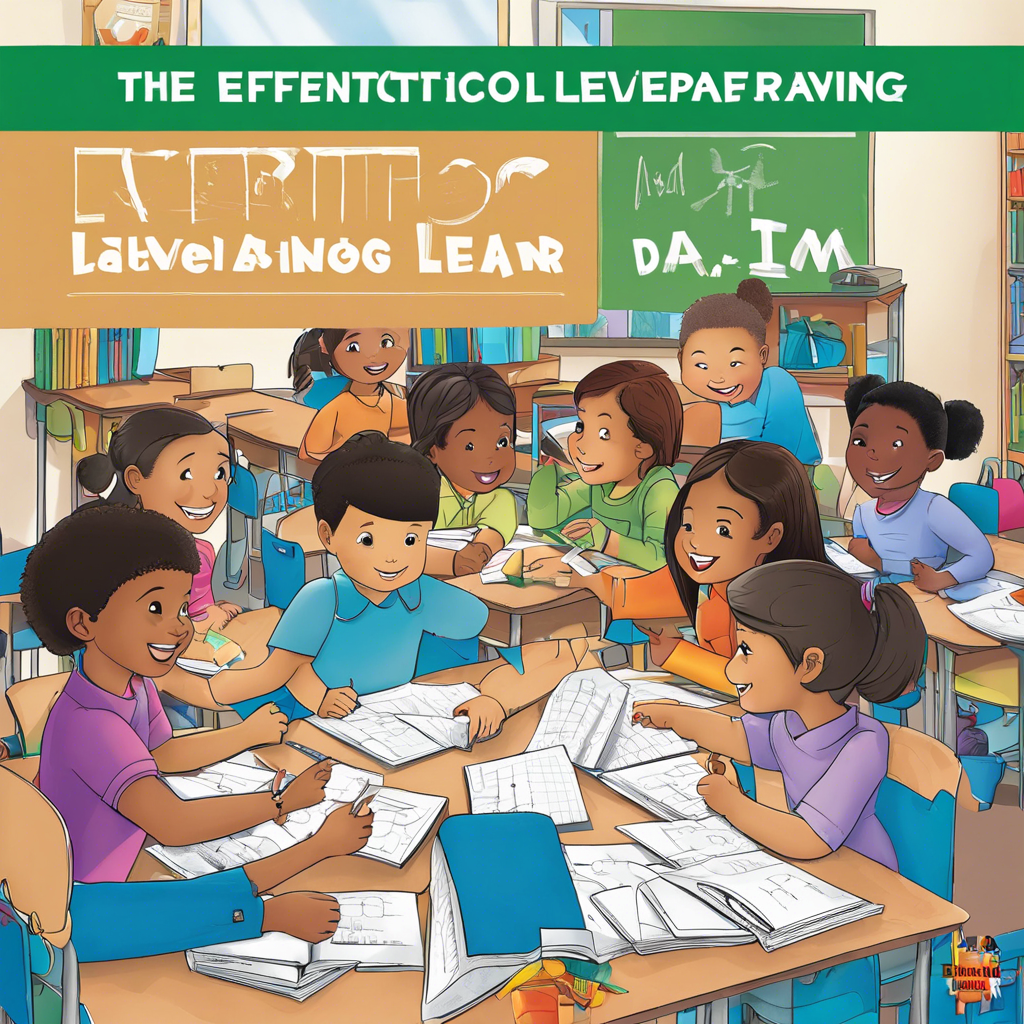Exploring the impact of cooperative learning on diverse classrooms, fostering collaboration, and enhancing academic outcomes.
In today’s diverse classrooms, educators are increasingly recognizing the importance of creating inclusive and collaborative learning environments. One approach that has gained significant attention is cooperative learning, a teaching strategy that fosters teamwork and engagement among students from various backgrounds. This article delves into the effectiveness of cooperative learning in diverse classrooms, exploring its benefits, challenges, and practical implementation strategies.
## The Power of Cooperative Learning
Cooperative learning is not just about group work; it is a structured and intentional approach to fostering collaboration, critical thinking, and social skills. When implemented effectively, it can have a profound impact on student learning and classroom dynamics. Here’s why cooperative learning is gaining traction in modern education:
### **Enhancing Academic Performance**
Research has consistently shown that cooperative learning can lead to significant improvements in academic achievement. Students who engage in collaborative tasks often demonstrate a deeper understanding of complex concepts and improved problem-solving abilities. For instance, a study published in the Journal of Educational Research found that cooperative learning interventions positively impacted students’ math achievement, particularly in diverse classrooms.
### **Promoting Social and Emotional Learning**
Cooperative learning goes beyond academic goals; it also nurtures essential social and emotional skills. Students learn to actively listen to their peers, respect diverse perspectives, and provide constructive feedback. These skills not only enhance group dynamics but also contribute to students’ overall personal development.
## Implementing Cooperative Learning in Diverse Classrooms
Integrating cooperative learning into diverse classrooms requires careful planning and consideration of the unique needs and backgrounds of students. Here’s how educators can effectively implement this approach:
### Group Formation and Roles
Teachers should carefully assign students to groups, considering factors like academic abilities, cultural backgrounds, and personalities. In heterogeneous groups, students with varying skill sets can support and learn from each other. Within these groups, specific roles can be assigned to encourage equal participation and accountability.
#### Instructional Strategies
Cooperative learning thrives on well-designed instructional strategies. Teachers can employ methods like Jigsaw, where students become ‘experts’ on specific topics and then teach their peers, or Think-Pair-Share, where students reflect individually, discuss in pairs, and then share with the whole class. These strategies ensure active engagement and meaningful collaboration.
### Assessment and Feedback
Assessments should reflect the cooperative nature of the learning process. Group projects, peer evaluations, and self-assessments can be powerful tools to gauge learning outcomes. Additionally, teachers should provide feedback that encourages reflection and improvement, fostering a growth mindset among students.
## Frequently Asked Questions
What are the benefits of cooperative learning for students from different cultural backgrounds?
Cooperative learning provides a platform for students from diverse cultural backgrounds to share their unique perspectives and experiences. This not only enriches the learning environment but also promotes cultural understanding and empathy. By working collaboratively, students can learn to appreciate and value different viewpoints, fostering a more inclusive classroom.
How can teachers ensure equal participation within cooperative learning groups?
Equal participation is crucial for the success of cooperative learning. Teachers can assign specific roles within groups, such as leader, recorder, or presenter, to ensure that every student has a defined responsibility. Additionally, they can use techniques like round-robin discussions or structured turn-taking to encourage active participation from all group members.
What are some challenges teachers might face when implementing cooperative learning?
Implementing cooperative learning can present challenges such as managing diverse student personalities, ensuring equal contribution within groups, and dealing with potential conflicts. Teachers should be prepared to address these challenges by providing clear guidelines, promoting open communication, and offering support to students as they navigate collaborative tasks.
## Conclusion
Cooperative learning is a powerful tool for creating inclusive and engaging learning environments in diverse classrooms. By fostering collaboration, active participation, and social-emotional learning, this approach leads to improved academic outcomes and well-rounded student development. Educators who embrace cooperative learning can unlock the full potential of their students, preparing them for success in a diverse and interconnected world.
## External Links:
1. Why Cooperative Learning Matters
2. Cooperative Learning: How can it work in your classroom?
3. 5 Cooperative Learning Structures For Your Classroom
